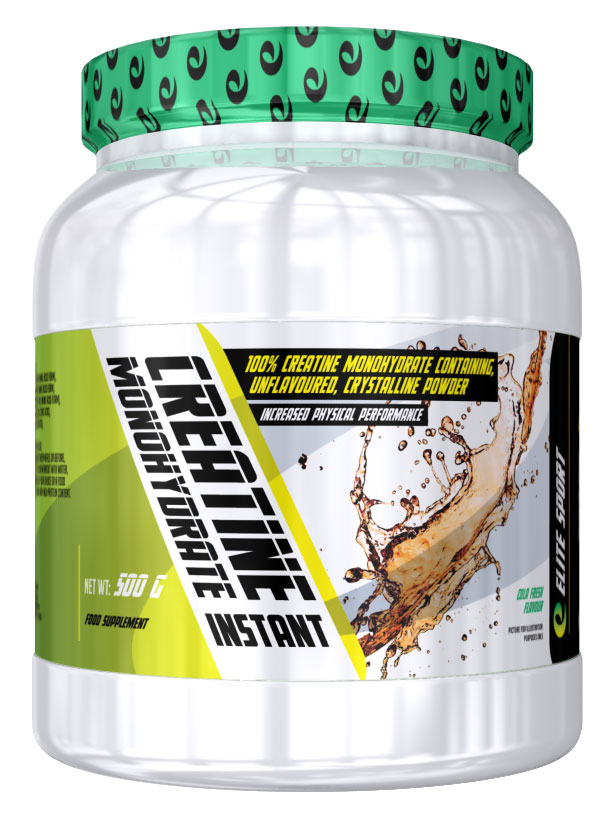Sports nutrition degree
“In certain instances, sports supplements can assist achieving optimal fueling when whole foods are not available or sufficient,” says Kaylee Jacks, a registered dietitian with Texas Health Sports Medicine in Dallas https://online-casinos-usa.net/.
3. Dipla K, Kraemer RR, Constantini NW, Hackney AC. Relative energy deficiency in sports (RED-S): elucidation of endocrine changes affecting the health of males and females. Hormones. 2021 Mar;20(1):35–47.
Although you may not think of it as a “supplement,” a number of pro athletes have begun to promote chocolate milk as an ideal post-workout beverage due to its combination of protein, carbohydrates, water, and electrolytes (in the form of sodium and calcium). A review of the effects of chocolate milk on post-exercise recovery found that chocolate milk provided similar or superior results compared to water or other sports drinks, while another review found that low-fat chocolate milk was an effective supplement to spur protein synthesis and glycogen regeneration. However, the authors noted that evidence is limited and high-quality clinical trials with larger sample sizes are warranted. Of note, many studies of chocolate milk as a post-workout supplement are sponsored by the dairy industry, which may introduce bias. Chocolate milk generally contains high amounts of added sugars and saturated fat, and is likely most useful for athletes conducting high-intensity exercise for multiple hours a day, such as professional swimmers competing in the Olympics. However, for most individuals conducting moderate-intensity physical activity, such as an hour of jogging or bicycling, water is a healthier alternative as a post-workout beverage.
Elite sports nutrition
2. Logue DM, Madigan SM, Melin A, Delahunt E, Heinen M, Donnell SJM, et al. Low Energy Availability in Athletes 2020: An Updated Narrative Review of Prevalence, Risk, Within-Day Energy Balance, Knowledge, and Impact on Sports Performance. Nutrients. 2020 Mar 20;12(3).

2. Logue DM, Madigan SM, Melin A, Delahunt E, Heinen M, Donnell SJM, et al. Low Energy Availability in Athletes 2020: An Updated Narrative Review of Prevalence, Risk, Within-Day Energy Balance, Knowledge, and Impact on Sports Performance. Nutrients. 2020 Mar 20;12(3).
This book is the ultimate resource for anyone looking to educate themselves on both the nutrition necessary for optimal athletic performance and the simple recipes you can use to get there. Take your performance to the next level with nutritious, simple, and convenient recipes!
Athletes need more protein than non-athletes. That’s because protein is necessary to repair the muscle damage caused by hard-training and intense competitions. When athletes don’t eat enough of this nutrient, it’s harder to build muscle, lose fat, and recover from practices, workouts, and games.
ESN stands for maximum performance with maximum taste. Our products undergo strict controls and contain only high-quality ingredients. The result: a top-class taste experience, unmatched in the high-performance segment. So that you can give your all every day for your sporting goals, without compromise. Learn more about our own Aroma Lab, the place where our unique ESN taste is created.
This doesn’t mean, however, that you can’t enjoy butter or bacon (in moderation). Your goal: You want 80 to 90 percent of your fat intake to come from the “Eat More” and “Eat Some” columns of the food list below. The other 10 to 20 percent can come from whichever column you prefer.
Sports nutrition centers
The United States Olympic & Paralympic Committee’s sport nutrition team is uniquely positioned to bring today’s best practices to the forefront. Each sport dietitian within the team brings a high level of expertise to the sports they support. They utilize science as the foundation for performance enhancement and health optimization, taking a food-first approach and tailoring nutrition advice for each individual athlete’s fuelling, hydration, and recovery needs.
At minimum, you should drink about 16 ounces of water two to three hours before exercise, and about 4 ounces every 15 to 20 minutes while exercising. It’s also important to make sure you’re drinking plenty of water throughout the entire day.
Carbohydrates are your body’s main source of energy. While carbs are not the only food you should focus on, they should be something you consider as part of every meal, especially in the hours leading up to a workout or training session.
When hard-training athletes don’t eat enough, they may experience a condition known as Relative Energy Deficiency in Sport, or RED-S.3,5,6 Besides leading to a decline in athletic performance, RED-S can negatively affect an athlete’s:
Armed sports nutrition
Rather than attempting to duplicate the successes of the proverbial masses, these approaches enable a qualified professional to assess what the real energy demands of a given training session are. This allows for a better chance of optimizing performance.
A key challenge of optimizing dietary intake is interpreting data from studies. In particular, the volume of evidence suggests that tactical personnel fail to meet energy and carbohydrate recommendations.
Dietary supplements are regulated post-market, unlike medicine which must go through an approval process before going onto store shelves; that leaves them open to contamination from prohibited substances as well as contamination risks that can cause accidental doping tests in athletes who must adhere to anti-doping rules.
This is in order to enable athletes, anti-doping bodies, sporting organizations and nutrition industry groups to easily identify products certified for quality and safety through rigorous pre-registration audits before testing every batch sold before sale.
Informed Sport is the world’s leading testing and certification program for brands producing sports and nutritional supplements. Designed for elite sport, it protects athletes from inadvertent doping caused by supplements contaminated with banned substances. As such, it is recognised by sporting and governing bodies, anti-doping bodies and nutrition industry organisations, and the armed and special forces.

